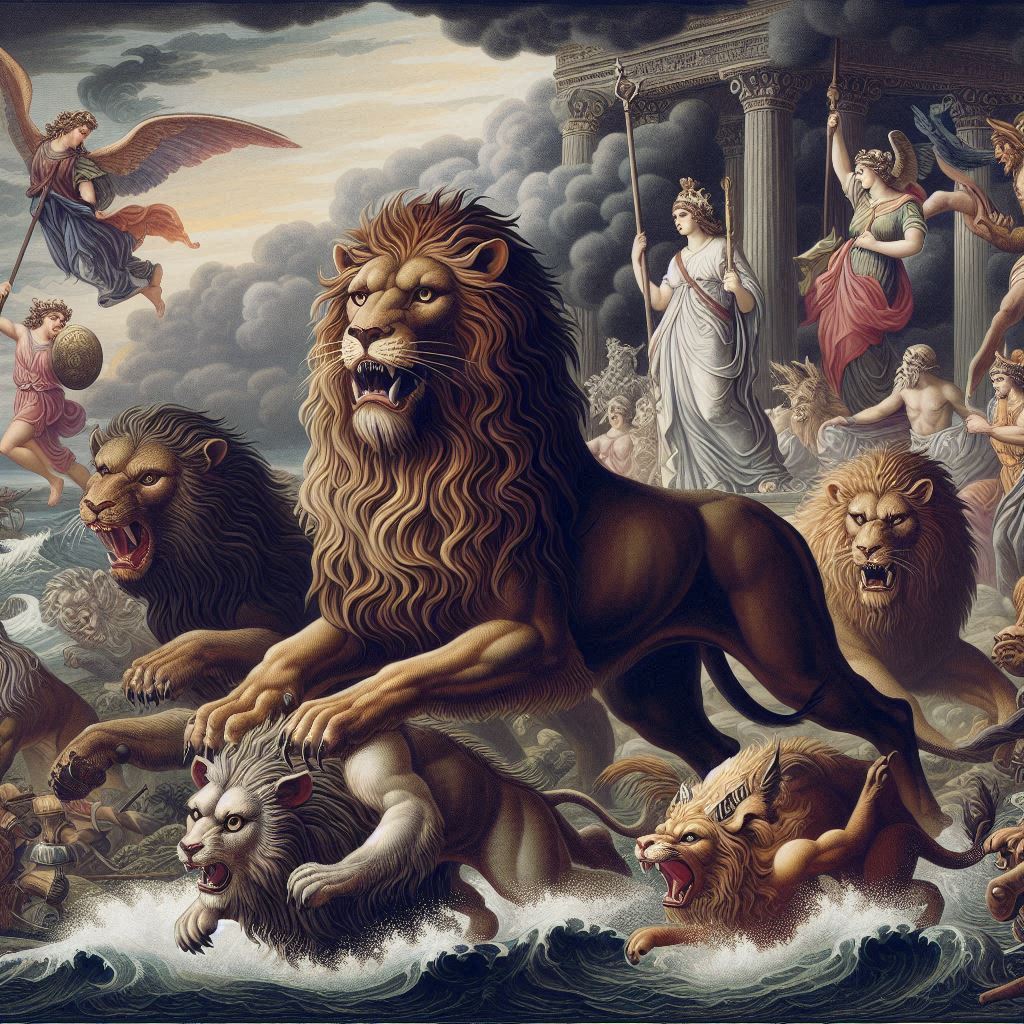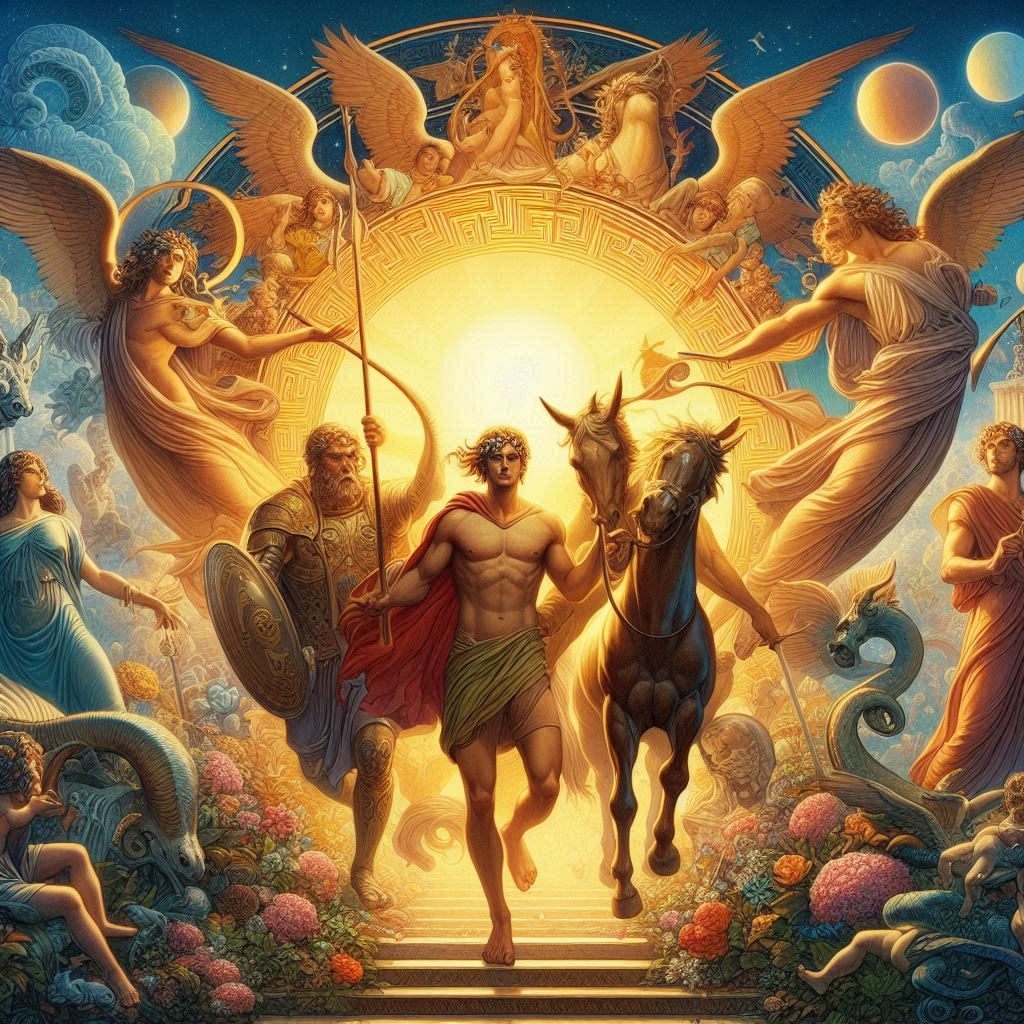Ginger Rogers (1911-1995) was an American actress, dancer, and singer, best known for her dynamic partnership with Fred Astaire in a series of classic musicals in the 1930s. She showcased her versatile talents in films like “Top Hat” (1935) and “Swing Time” (1936). Rogers won an Academy Award for Best Actress for her dramatic role in “Kitty Foyle” (1940). Her charisma, elegance, and exceptional dancing skills solidified her as one of Hollywood’s leading stars during the Golden Age of cinema.
Rogers’ early life was marked by the challenges of a broken family. Her parents, Lela Emogene Owens and William Eddins McMath, divorced shortly after her birth. Raised by her mother and stepfather, John Logan Rogers, Ginger took on her stepfather’s last name. Rogers’ mother recognized her daughter’s talent early on and enrolled her in dance classes. This decision would shape the course of Ginger’s life.
Ginger’s natural aptitude for dance became apparent at a young age, and by the age of 14, she was performing with a dance troupe. She made her Broadway debut at 18 in the musical “Top Speed” (1929), and her career gained momentum with subsequent Broadway productions, including “Girl Crazy” (1930) and “Follow the Leader” (1930).
In 1930, Rogers made the transition to Hollywood with a contract from Paramount Pictures. Her early film roles were small, and her career faced initial challenges. However, her breakout came in 1933 when she starred alongside Dick Powell in the film “42nd Street,” showcasing her exceptional dancing skills. This film marked the beginning of her successful partnership with choreographer Hermes Pan.
Ginger Rogers’ collaboration with Fred Astaire, which began with “The Royal Family of Broadway” (1930), truly solidified her status as a Hollywood star. However, it was their first starring roles together in “The Royal Family of Broadway” (1930) that set the stage for one of the most iconic partnerships in the history of cinema.
Astaire and Rogers went on to make a total of ten films together, enchanting audiences with their dazzling dance routines and on-screen chemistry. Classics like “The Gay Divorcee” (1934), “Top Hat” (1935), and “Swing Time” (1936) showcased not only their dance skills but also Rogers’ ability to match Astaire step for step.
Rogers’ collaboration with Astaire was not limited to dance; she proved her versatility as an actress in non-musical roles as well. In “Stage Door” (1937), she delivered a memorable dramatic performance alongside Katharine Hepburn. Rogers’ ability to seamlessly transition between genres demonstrated her range as an actress.
The 1930s were a decade of immense success for Ginger Rogers. She received her first Academy Award nomination for Best Actress for her role in “Kitty Foyle” (1940), winning the Oscar and solidifying her position as a leading lady in Hollywood. The film showcased her dramatic abilities and marked a shift in her career towards more varied roles.
During World War II, Rogers actively contributed to the war effort. She participated in war bond drives, entertained troops, and served on the board of the Hollywood Canteen, a club for servicemen. Rogers’ dedication to supporting the troops reflected her patriotism and commitment to the war cause.
In the post-war era, Rogers continued to thrive in Hollywood. Her performances in films like “It Had to Be You” (1947) and “The Major and the Minor” (1942) highlighted her comedic timing and charm. Rogers’ ability to engage audiences with both drama and comedy contributed to her enduring popularity.
As the 1950s arrived, Rogers successfully transitioned to television with “The Ginger Rogers Show” (1959–1960). She adapted to the evolving entertainment landscape, showcasing her adaptability and continued relevance. Despite the changing industry dynamics, Rogers remained a beloved figure, drawing on her decades of experience.
In addition to her acting career, Ginger Rogers had a passion for business and invested wisely. She became one of the first Hollywood stars to successfully transition from acting to business, owning and managing various enterprises. Her keen business acumen added another dimension to her multifaceted career.
Rogers’ personal life, marked by multiple marriages, also made headlines. She was married five times, with her unions including notable figures like actor Lew Ayres and director-producer Jack Briggs. Her tumultuous marriages and divorces were often the subject of media scrutiny, yet Rogers approached her personal life with a pragmatic outlook.
In the 1960s, Rogers continued to make occasional film and television appearances. She earned an Emmy Award for her role in the television movie “The Christmas List” (1997), showcasing her enduring talent even in later years. Rogers’ commitment to her craft and her ability to connect with audiences across generations underscored her timeless appeal.
Ginger Rogers received numerous awards and honors throughout her career. In addition to her Academy Award for “Kitty Foyle,” she earned an honorary Oscar in 1992 for her contributions to the entertainment industry. Rogers also received the Kennedy Center Honors in 1992, recognizing her lifetime achievements in the arts.
As Rogers gracefully aged, her legacy remained intact. Her autobiography, “Ginger: My Story,” published in 1991, provided insights into her life and career, offering readers a glimpse into the Golden Age of Hollywood. Rogers’ wit, resilience, and determination were evident in her writing, reflecting the qualities that defined her career.
Ginger Rogers passed away on April 25, 1995, at the age of 83. Her death marked the end of an era, but her legacy as an actress, dancer, and trailblazer endured. Ginger Rogers’ impact on Hollywood transcended her time, and her contributions to the arts continue to be celebrated by audiences and fellow performers alike.
Ginger Rogers’ career spanned an extraordinary range of genres, from musicals and comedies to dramas and television. Her talent, versatility, and enduring charm made her a true Hollywood icon, leaving an indelible mark on the history of entertainment. Whether dancing across the screen with Fred Astaire or delivering a poignant dramatic performance, Ginger Rogers remains a symbol of grace, talent, and timeless elegance in the annals of cinematic history.










